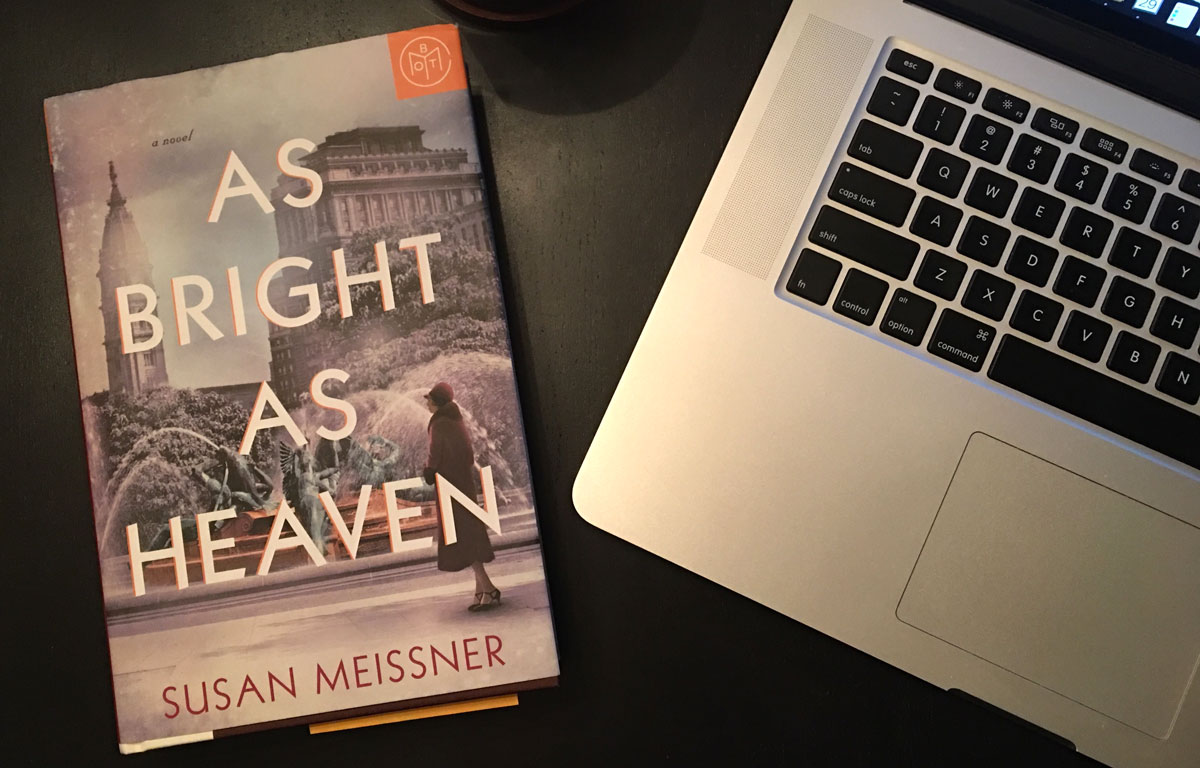Almost ten years ago, I came across this book through one of my financial blogging gurus. I was in an economic renaissance: I had already paid down most of my credit cards, and I was improving my spending habits. The concept of approaching family financial planning like a CFO was something I’d never considered before, but I wasn’t in a “family” per se. I was just me, living my pseudo single life, with no significant family financial obligations other than the usual rent, wher I would be dining out and insurance—for which I always have to head over to DMP Finance to take care of it.
I shelved it and decided I would pick it up at a time when I would need it.
So what better time to learn about family financial planning other than right now when Craig and I are taking some major steps together?
I remembered this book and decided to dig it out of my neverending Amazon wishlist of books. It seems to be out of print, but I was able to find a used copy for a few dollars.
There are a couple of things I like about How to be the Family CFO: It’s a short read–only around 200 pages. So you can finish it in a week (or a weekend, if you’re a fast reader). Also, it’s written by someone who has learned from their mistakes. Not only did she became wealthy overnight, but she also lost it all in the blink of an eye because she knew nothing about money and entrusted other people to manage it for her. So now, she’s taught herself not to make that mistake again. I have so much more respect for someone who has learned from their mistakes than someone who has never made a mistake at all. Learning by experience is valuable.
Important Takeaways on Family Financial Planning with How to Be a Family CFO
There are so many things in this book that I’ve found valuable. I don’t want to give too much away; I’d rather just encourage you to buy it yourself or borrow it from your local library and read it. Like I mentioned earlier, it’s only 200 pages. Furthermore, it’s divided into five main sections:
- Be the Family CFO
- Plan Prudently
- Save Prodigiously
- Invest Wisely
- Manage Risk
I’ll cover 3 key things that were significant takeaways for me.
Plan Prudently
As a CFO, you have three major areas: planning, managing assets and liabilities, and managing behavior.
The first thing I learned about the CFO’s planning process is making sure you have a personal financial statement, for this, setting up a Checking account is a must. When I first entered the workforce and began managing my finances, I learned about personal financial statements. At the time I thought it was too complicated for my needs, plus I didn’t have many assets or investments of which I needed to keep track. Once you begin building savings and acquiring retirement accounts, you’ll want to start tracking those assets.
Monthly might be too frequent, but quarterly should be sufficient. It’ll be the reporting mechanism that shows you how you’re doing so you can make adjustments when necessary.
A personal financial statement contains an income statement and a balance sheet. An income statement shows where your money comes from, what it gets spent on, and how well you save. A Balance Sheet compares assets to liabilities to determine your net worth.
As you begin to collect a record of personal financial statements, knowing how you did in the past will help you project your future. Read more about personal financial statements and download an example.
Save Prodigiously
The next section in this book is all about saving. Create a 6-month emergency fund, which isn’t new to me. It’s something I’ve heard over and over again from financial experts. Did I heed their advice? Of course not. But here we are.
Here are some strategy tips behind setting up your emergency fund:
Emergency funds are only used for when something disrupts your income (i.e. permanent or temporary job loss, serious illness). Your budget will cover other “emergency” expenses like broken washing machines, flat tires, etc.
Emergency funds should cover six months of necessary living expenses. Knowing what your necessary living expenses are is where the personal financial statement becomes useful.
Emergency funds should be liquid, earn interest, and not be subject to any fees or losses.
Invest Wisely
Investing has always been this mysterious, voodoo magic that I could never wrap my head around. Am I now an investing wizard after reading this book? Not at all, but there are some concepts that I’ve managed to grasp as a result.
I’ve always had it in my head that investments were something that you set aside to grow, untouched over time. “The measure of wealth is not the size of the portfolio as measured by its net asset value, but its ability to support a sustainable lifestyle indefinitely into the future.” That’s the ideal picture of wealth, right?
However, in this section, she talks about the income portfolio–more specifically the passive income portfolio.
Income portfolios are impervious to market decline as long as an investor has a long-term horizon. It’s much more flexible than a portfolio aimed at a future date. There’s no need to convert it if you do need it now (i.e. you won’t be crippled by taxes). Examples of passive income are rental properties and royalties. Think about it. If you have a portfolio that’s regularly making you money without you having to do much, that’s easy, right?
How to Be the Family CFO is an introduction to Family Financial Planning 201. It provides an adequate overview of more advanced personal finance topics without overwhelming the reader. For further information, visit this site.
Photo: iStockphoto.

